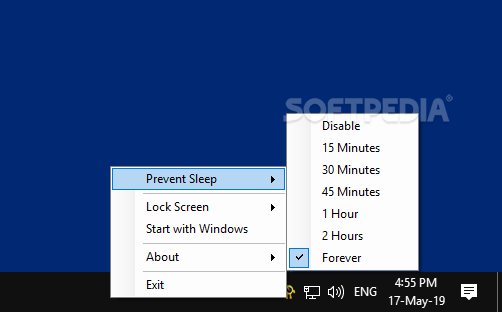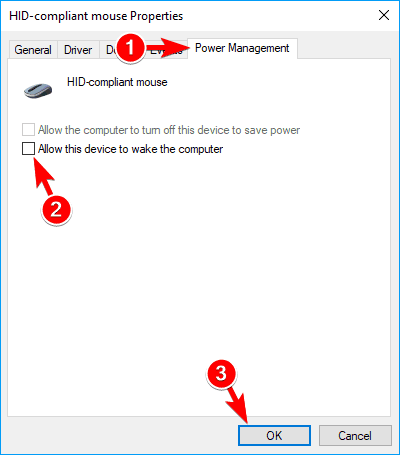
‘High Performance’, ‘Power saver’) if you use them:Ģ Check for and disable currently set Wake TimersĢ.1 Right-click on Start and select Command Prompt (Admin):Ģ.2 In Command Prompt (Admin), type powercfg -waketimers and hit ENTER: Type powercfg.cpl and hit ENTER:ġ.2: In ‘Control Panel’s Power Options’, to the right of the bold power plan, click ‘Change plan settings’:ġ.3: In ‘Edit Plan Settings’, click ‘Change advanced power settings’:ġ.4: In ‘Power Options’ Window, Expand ‘Sleep’ option, Expand ‘Allow wake timers’, and change the ‘Setting’ option to Disable:ġ.5: Finally, click OK to save changes to the power settings:ġ.6: Repeat Steps 1.2 – 1.5 for each Power Plan (e.g. Part 1: Disable the most common Wake Timer settersġ.1: Right-click on Start and select Run.

They both completely cut off the power supply and need time for the system to restart. Shutdown and Hibernation are very similar.

In the Power Options dialog box that pops up, go to Sleep > Hibernate after, click On battery or Plugged in, and follow the prompts to set when to enter hibernation.Go to Power & sleep > Additional power settings.Click the Windows icon on the status bar and then the Settings icon, and select System.However, system recovery takes longer than Sleep mode and takes up more storage space. Hibernation mode is designed to restore the system to the state before the power supply was completely cut off. Waking up from Hibernation mode: Press the Power button, the data temporarily stored in the hard drive will be restored to the memory, and your computer will quickly return to the previous state.

All data in the memory will be stored to a specific space in the hard drive, and the computer is cut off from all power supply.

Hibernation is a power-saving mode designed by Microsoft for laptops. If you do not want your computer to enter Sleep mode when the screen is locked, set the time for entering Sleep mode to Never.


 0 kommentar(er)
0 kommentar(er)
